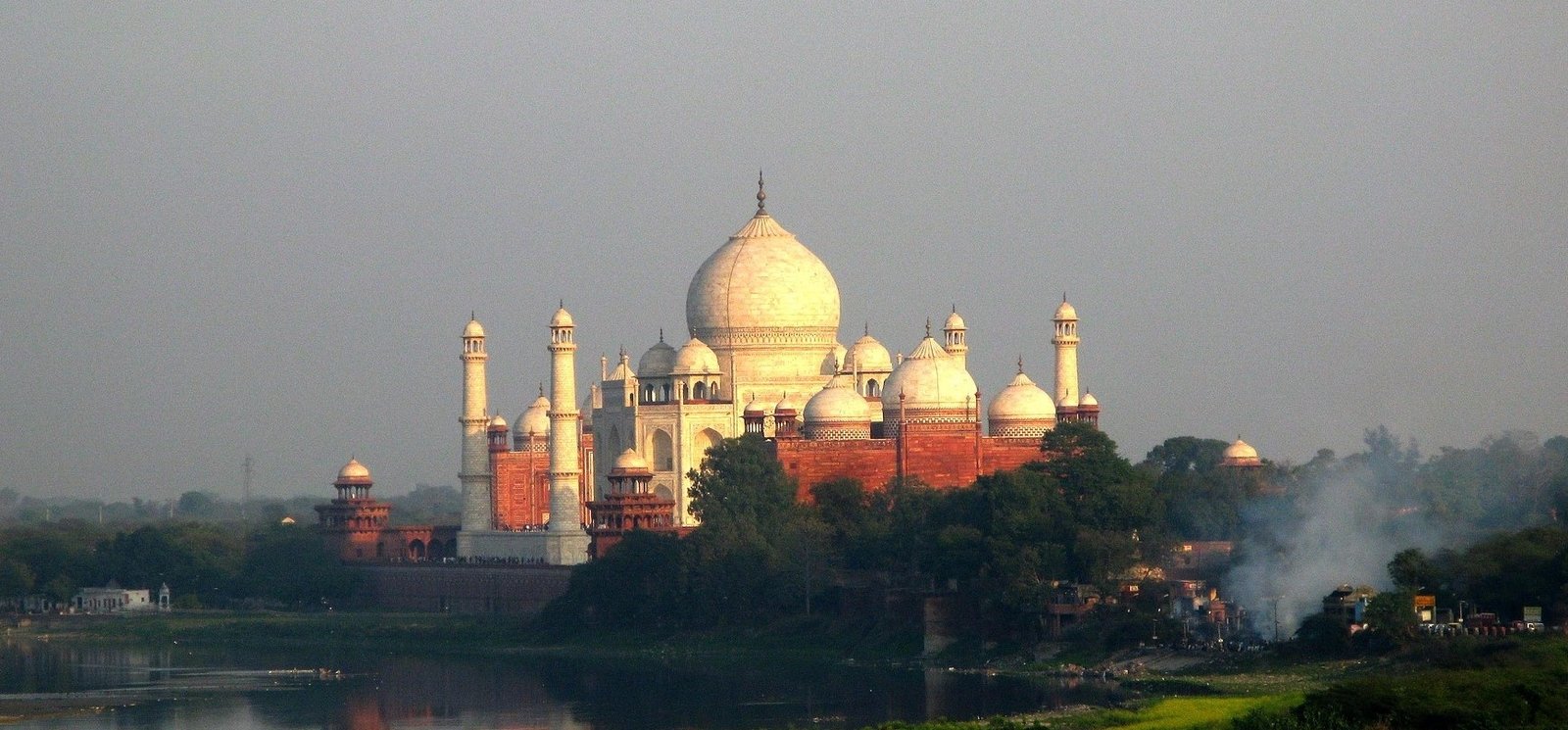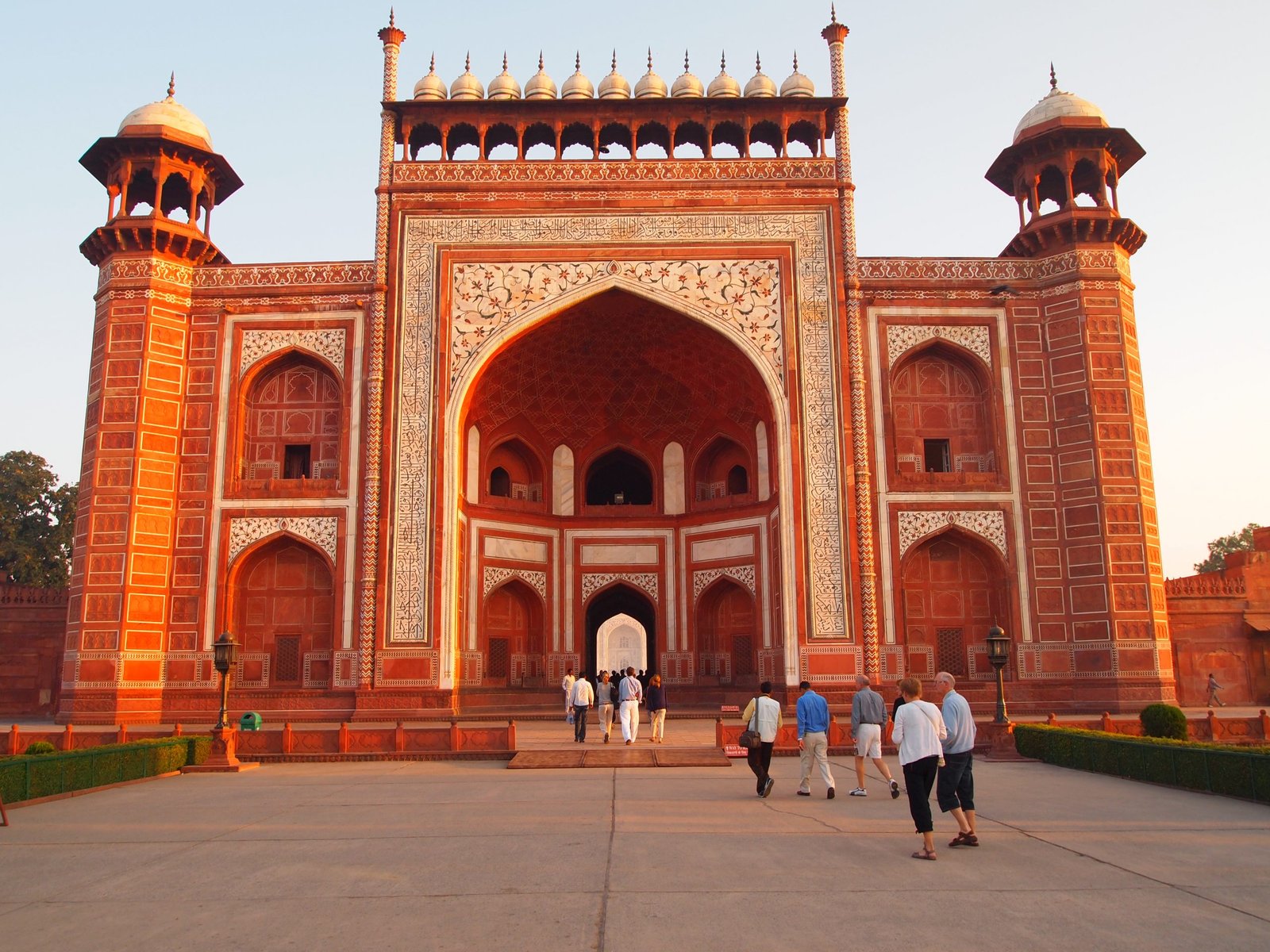
Agra, a city located on the banks of the Yamuna River in the state of Uttar Pradesh, India, holds a significant place in history and culture. Here are some key aspects of Agra:
Historical Significance:
Agra served as the capital of the Mughal Empire during the 16th and 17th centuries, under emperors such as Akbar, Jahangir, and Shah Jahan.
The city boasts a rich heritage of Mughal architecture, including iconic structures like the Taj Mahal and Agra Fort, which are recognized as UNESCO World Heritage Sites.
Agra was a center of arts, commerce, and learning during the Mughal era, showcasing a blend of Persian, Indian, and Central Asian influences in its architecture and culture.
Architectural Marvels:
The Taj Mahal, often called the epitome of love, is Agra’s most famous landmark. This white marble mausoleum, built by Emperor Shah Jahan in memory of his wife Mumtaz Mahal, is a masterpiece of Mughal architecture.
 Agra Fort, a massive red sandstone fort complex, served as the royal residence of the Mughal emperors. It features impressive palaces, mosques, and gardens, offering insights into Mughal grandeur.
Agra Fort, a massive red sandstone fort complex, served as the royal residence of the Mughal emperors. It features impressive palaces, mosques, and gardens, offering insights into Mughal grandeur.
 Fatehpur Sikri, a ghost city near Agra, showcases exceptional architectural and town-planning achievements of the Mughals. It reflects a harmonious fusion of Hindu, Islamic, and Persian architectural styles.
Fatehpur Sikri, a ghost city near Agra, showcases exceptional architectural and town-planning achievements of the Mughals. It reflects a harmonious fusion of Hindu, Islamic, and Persian architectural styles.
Cultural Heritage:
Agra is known for its rich cultural heritage, including traditional crafts like marble inlay work, carpet weaving, and leather goods.
The city hosts various festivals and events that celebrate its vibrant traditions, such as Taj Mahotsav, a cultural extravaganza featuring music, dance, crafts, and cuisine.
Agra’s cuisine, influenced by Mughlai flavors, offers delectable dishes like petha (a sweet delicacy) and Mughlai kebabs, reflecting the culinary legacy of the region.
Overall, Agra stands as a testament to India’s architectural, cultural, and historical legacy, drawing visitors from around the world to experience its grandeur and beauty.









